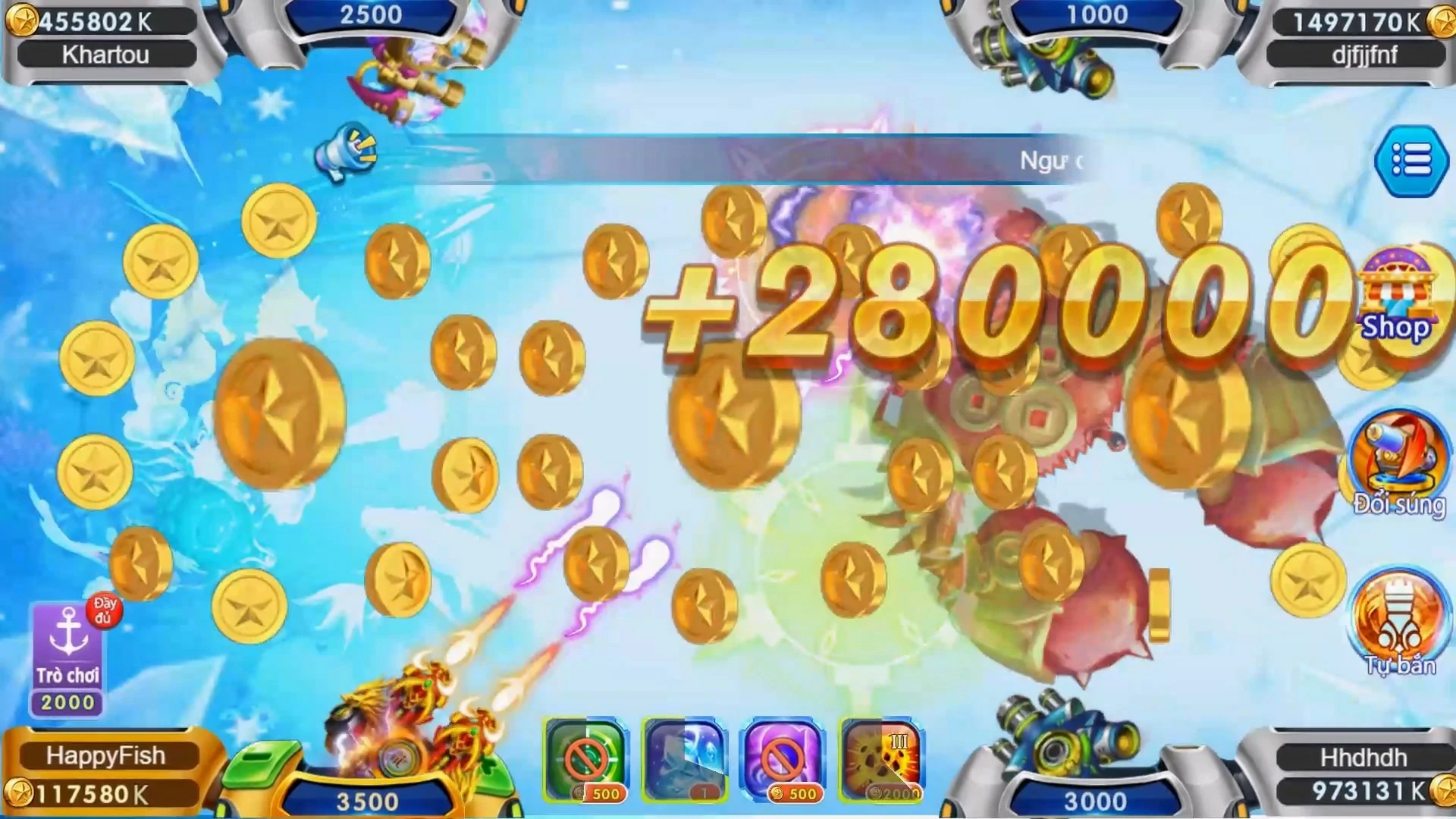What Makes Building Games So Addictive in 2024?
Ever stack a tower just to watch it collapse? That tiny victory—before the spaghetti-like mess hits the ground—hooks players faster than you think. In 2024, building games dominate the hyper casual mobile scene, blending instant satisfaction with near-zero learning curves. These titles aren’t about complex architecture or physics degrees. No. They're raw, fast, and shockingly fun.
You tap, drag, and balance until the structure defies logic. Then—boom—it falls. But you don’t care. You restart. Instant. Again. That’s the hyper casual rhythm. And in Kenya, where affordable smartphones flood the market and data bundles are short but frequent, this model thrives. No need for 30-minute sessions. Just a minute-long tower, a burst of laughter, done.
Why do hyper casual games resonate here? Simplicity. Accessibility. A mental snack during commute gaps or lunch breaks. But not all builders are the same. Some sneak in storytelling. Others flirt with decay mechanics, like that one game where your spud goes mushy if you wait too long. Ever play something so dumb it sticks with you? Yeah. That’s potato going bad energy.
The Rise of Hyper Casual in Kenyan Mobile Culture
Kenya’s mobile penetration hits nearly 90%. But high-end apps? Forget it. Data costs bite. Storage is limited. Enter building games: light, quick, free. Developers get it. No bloated files. No forced sign-ins. Just install, launch, build. And fail. And retry. Perfect loop.
In Nairobi, you’ll see boda boda riders playing balance challenges at traffic stops. Matatu passengers giggling at tower crashes. Even grandmas—yes, really—are tapping through block droppers while sipping chai. The barrier? Low. The fun? Universal. Local devs are starting to notice too. More Kikuyu or Swahili-labeled test versions popping up. Still not mainstream, but brewing.
This boom isn’t accidental. It’s fueled by platforms like AppLovin and Unity’s monetization tools, pushing rewarded videos instead of invasive ads. Earn coins by watching a 15-second clip? Done. Lets free users play endlessly. A match made for the Kenyan wallet.
Defining Hyper Casual vs. Traditional Building Games
Not all building is hyper casual. Think of Candy Crush. Puzzle-driven, progression-based, heavy on level design. Contrast that with a game where you just stack logs into a cabin as they fly toward you. That’s pure hyper. Immediate input, zero backstory (unless it's a weird potato story). Short play bursts, under 60 seconds.
Real-time physics. Minimal rules. One core mechanic repeated with small tweaks. No save files. No complex menus. Maybe just a high score board named “Big Tower Kings." And no crafting trees. Just build. Collapse. Laugh. Repeat.
The best ones don’t ask you to remember anything. You pick up the phone. Your thumbs take over. No tutorial. No onboarding pop-ups. The game teaches through action, not words. That’s hyper done right. That’s what’s trending in East Africa.
Game 1: Tower Tumble – Physics Meets Frustration
A classic formula: blocks descend one by one. You rotate and drop. Keep it balanced. One wrong nudge—crash. The twist? Each block is a random shape. Sometimes smooth cylinders. Sometimes L-brackets fresh from IKEA rejects.
Why it works: the fall is satisfying. Audio feedback? Crisp. Crunch of wood splintering. Crowd gasps (yes, from Nairobi stadium recordings, oddly enough). It’s not deep. But you want that top 100 local rank.
Bonus: daily “Build Safaricom Tower" challenges. Sponsored content done cleverly. Players actually enjoy it. Weird.
Game 2: Stack the Market – Kenyan-Inspired Goods Balance
Fresh twist. Instead of boxes, you stack mangos, soda bottles, flip-flops, even used tires from Gikomba. Each has its wobble. The banana bunch? Slippery. The sack of sukuma wiki? Bulky.
Made by a Nairobi-based indie team. Swahili UI option. Leaderboard shows Kariobangi high scores. You feel that? Local pride. Also, power-ups let you freeze motion during peak jenga phase. Critical for multitaskers—mom watching toddlers while stacking a rogue goat milk jug.
Game 3: BodaBash Builder – Motorcycle Load Frenzy
Your boda rider gets wilder the more you cram: a fridge, then a chicken coop, then a dude with a machete just chilling. Stack wrong, wheel slips, crash into a pothole.
Spoiler: one update introduced a cursed potato as a rare item. Hold it too long—game over. Your cargo spoils. “potato going bad" actually kills you. Absurd. People love it. Memes spreading on X (you know, the bird app).
Not just gameplay. Social. You compare crash faces. Share replays. Even bet 20 shillings on your tower survival. Informal e-sports in WhatsApp groups? Emerging.
Game 4: Build or Bust – Instant Tower Ruins
Reverse the trend. You build, sure—but the environment destroys fast. Rains fall, goats charge, neighbors toss tomatoes. Last one standing wins.
Unique angle: destruct mechanics as a feature. Not a glitch. Design. This teaches risk vs. ambition. Want a taller structure? Risk it. Most players lose at five floors. Few push to seven. Record: 12. Video went viral on TikTok Kenya.
Free, yes. But offers a skin shop (customize helmets). No pay-to-win. Just aesthetic. Healthy monetization model.
Game 5: Cabin Crashers – Cooperative Chaos
You and a friend (via Wi-Fi direct) build opposite ends of a log hut. Real-time sync. No voice, just taps. You feel their timing. Miss once, crack grows. Twice? Total split.
Strengthened relationships, actually. Some couples say it’s like communication training. One guy joked: “Better than our marriage counseling." Okay, hyperbole. But it’s charming.
Local play, no data. Big in dorms and boarding schools. Also church youth camps.
The Unexpected Role of Story Games Mobile Free
Wait. Story games mobile free—how do they fit with hyper casual builders?
Not by depth. By micro-context. Example: “Mama Kule Builds Her Shop." Every level represents a month in Kibera. Starts with mud walls. Ends with metal roofing if you survive structural audits (in-game penalties). No dialogue. But progression tells a tale.
These narrative crumbs—backgrounds change, character wears better clothes—offer emotional payoffs. You feel progress. Even in a simple drop-game, you’re “upgrading real life." Not literal. But psychologically potent.
Devs sneaking subtle arcs into hyper casual? Clever. Not overbearing. Just enough.
The Strange Allure of “Potato Going Bad"
Remember that one minigame update? Where if your virtual spud isn’t used in 48 hours, it rots. You fail.
potato going bad sounds stupid. But it’s a brilliant timer mechanic. Teaches delayed gratification. Or punishes AFK abuse. Players panic—“My tuber!"
In Kenya, some users interpret it as a food waste PSA. Teachers use it in schools to teach preservation. Jokes apart—this tiny gimmick inspired real behavior change. Absurd to effective in one hop.
Might go mainstream? Already seeing clones. Spoil-based gaming. Mango goes moldy if unrefrigerated. Corn gets bugs after three in-game hours. Next step: farm hygiene sims?
How Kenyan Players Are Shaping Building Game Design
User behavior alters mechanics. Here, players favor visual humor. Brighter explosions. Cow animations when towers crash. Not generic. Specifically, Zebu breeds. Why? Cultural connection.
Feedback loops matter. Devs use in-app pulse surveys: two-tap options (“Was the goat funny?"). 78% said yes. So goats stayed. Even got costumes. Santa goat. Ninja goat.
Kenyans prefer local rewards. Not diamonds or gems—real stuff. Airtime credits. Fuel vouchers. A building champion last year won a Sh5k T-Kash boost. News spread fast.
Key Design Traits of Top 2024 Building Games
- One-tap control (optimized for older Android phones)
- Bright, contrast-heavy colors (visible in daylight)
- Sound-optional play (no need for earphones)
- Offline functionality (crucial in low-signal zones)
- Progress saved on device, not cloud
Bonus trait: Kenyan-developed versions include USSD-style prompts, mimicking mobile banking menus. Instant familiarity.
Table: Top 5 Building Games for 2024 (Kenya-Focused)
| Game Name | Core Mechanic | Local Relevance | Free? (Ads/IAA) |
|---|---|---|---|
| Stack the Market | Balance market goods | High (Kikuyu voice packs) | Yes, video-reward only |
| BodaBash Builder | Load boda with absurd cargo | Extremely high | Yes, cosmetics shop |
| Tower Tumble | Rotating block drops | Medium | Yes, interstitials |
| Build or Bust | Survive environmental chaos | High (pothole damage jokes) | Yes, opt-in rewards |
| Cabin Crashers | 2P cooperative building | High (family/school use) | Yes, local mode only |
Critical Success Factors You Can’t Ignore
Localization: Even small dialect nods matter.
Data Light: Below 40MB install size rules.
Offline First: Sync progress when online, not forced.
Cultural Sensitivity: Avoid symbols like witchdoctors; stick to daily struggles like balancing load.
No Forced Tutorials: Show, don’t tell.
Conclusion: Why Building Games Still Rise in 2024
In the end, building games endure because they tap into something primal: control. Even for a second, you defy collapse. You master imbalance. You, a villager or urban hustler, command geometry. That power—however tiny—is intoxicating.
In Kenya, this isn’t fluff. It’s digital dignity. Accessible fun. A moment of agency. And when devs blend local flavor with hyper casual flow—boom. Virality. Sustainability. Longevity.
Don’t underestimate the role of absurd mechanics either. Even something as daft as potato going bad can spark engagement, education, and yes, actual retention.
The best story games mobile free don’t whisper plot. They show resilience through layers of mud, tin, and patience.
So, keep stacking. Keep falling. Keep building. Especially if there’s a boda in the pile, and the prize is T-Sh



